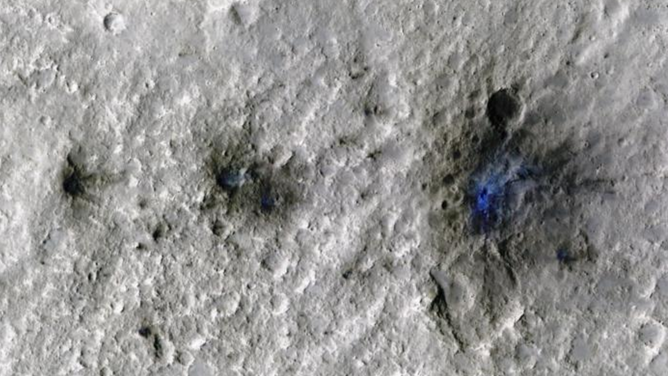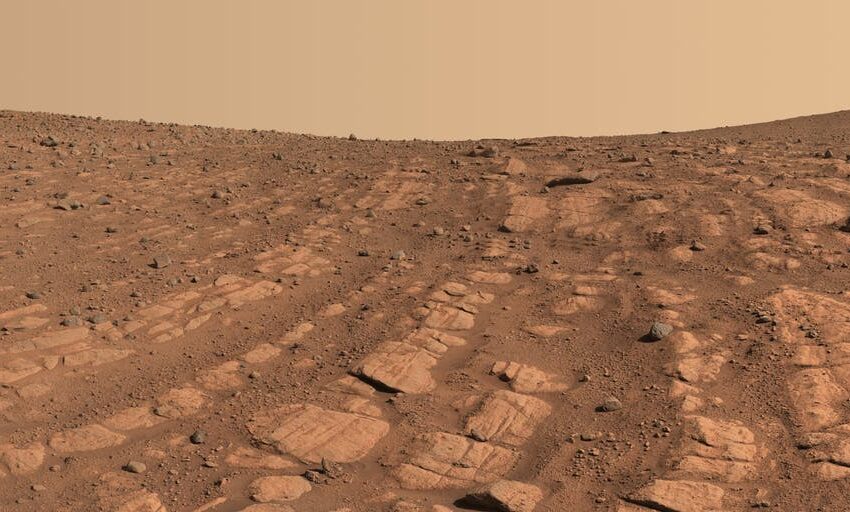A study led by European researchers has revealed that the Red Planet is bombarded by meteorites nearly every day, resulting in impacts that often measure several stories wide.
Using seismic data from NASA’s InSight mission, researchers identified a high frequency of marsquakes, now attributed to meteoroid strikes.
The study estimated that between 280 to 360 meteorites strike Mars annually, with the capability to form craters over 26 feet wide.
“This rate was about five times higher than the number estimated from orbital imagery alone,” Geraldine Zenhäusern, co-lead researcher from ETH Zurich, a public university in Switzerland, said in a statement.
Mars’ thin atmosphere makes it susceptible to strikes from asteroids, comets and other space debris.
SEE THE OBJECTS HUMANS LEFT BEHIND ON THE MOON
“These impacts not only reveal Mars’ ongoing geological activity but also provide critical insights for future missions,” Natalia Wójcicka, a researcher at England’s Imperial College London, stated.
Understanding the frequency and scale of the impacts is considered to be crucial for future endeavors to the planet, which averages some 140 million miles away from Earth.

First meteoroid impact detected by NASA’s InSight mission
(NASA)
Several robotic missions are currently underway to enhance our understanding of Mars, with the goal of humans reaching the surface by 2040.
Researchers said they expect data from studies will be analyzed to ensure the safety of upcoming Martian missions.
Successful missions could enhance scientists’ understanding of Mars’ environment and its potential habitability.
NASA DEVELOPS “MOON DUSTER” TO ZAP AWAY LUNAR DUST
NASA is currently working on a recovery plan for soil and rock samples collected by the Perseverance rover.
In 2021, the rover landed in the Jezero Crater, which is estimated to be at least 28 miles wide.
Scientists believe the region was home to a lake billions of years ago and could be a spot where evidence of microbial life still exists.
NASA Administrator Bill Nelson said the space agency is seeking innovative approaches to complete the sample return mission during the 2030s at a price tag of under $7 billion.
Perseverance Deputy Project Scientist Katie Stack Morgan said the rover discoveries point to an environment martian life may have lived in.


